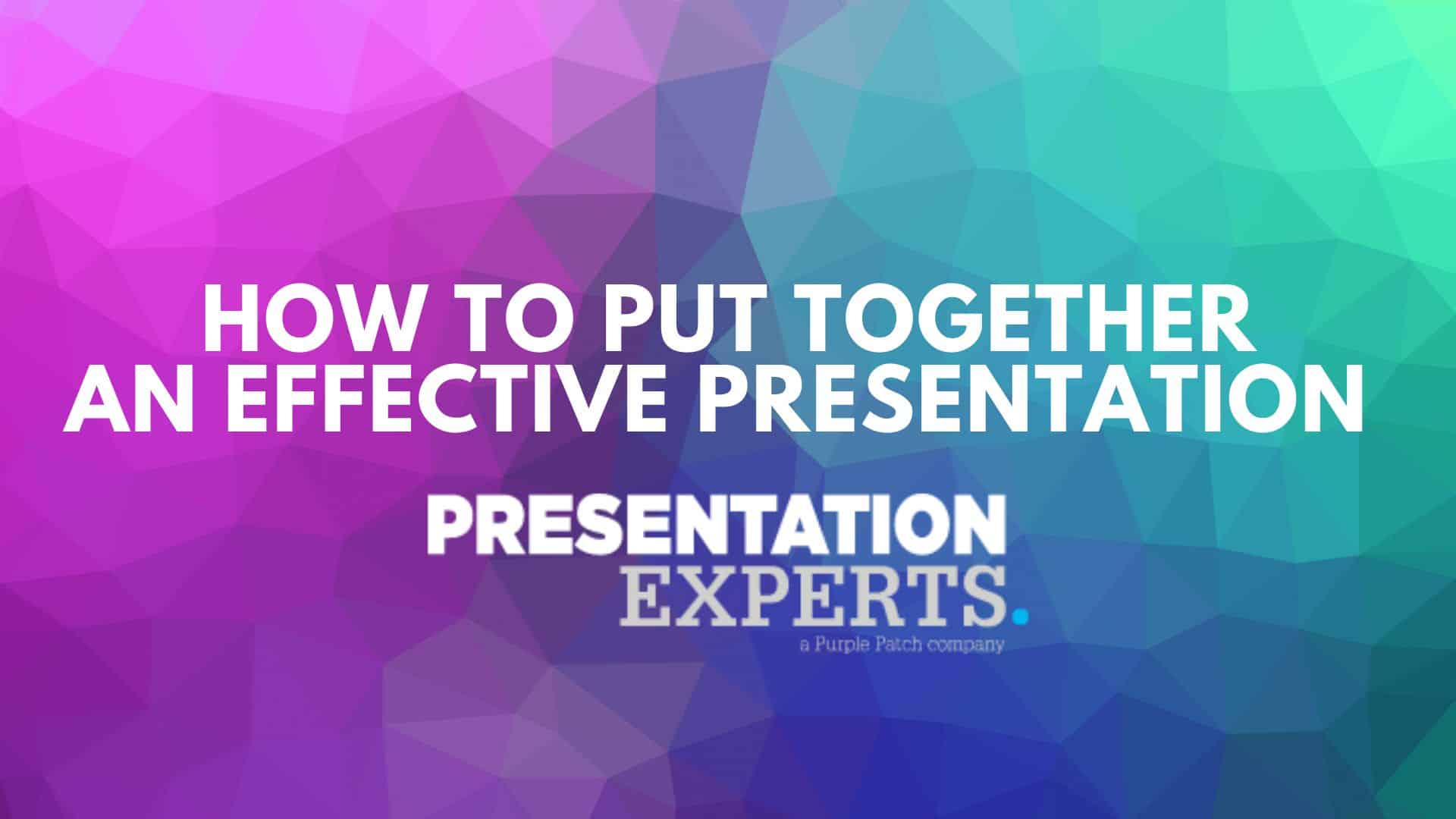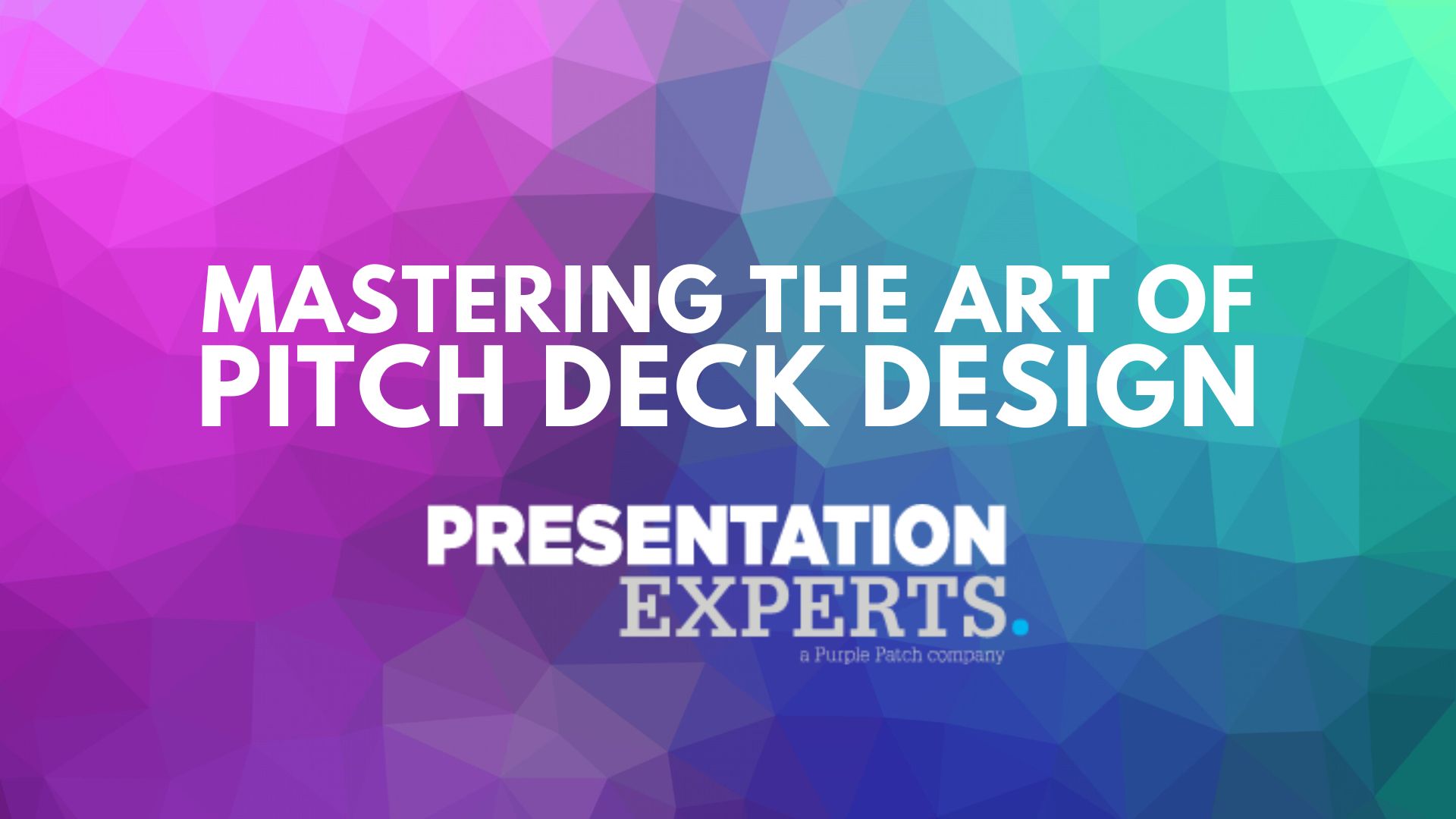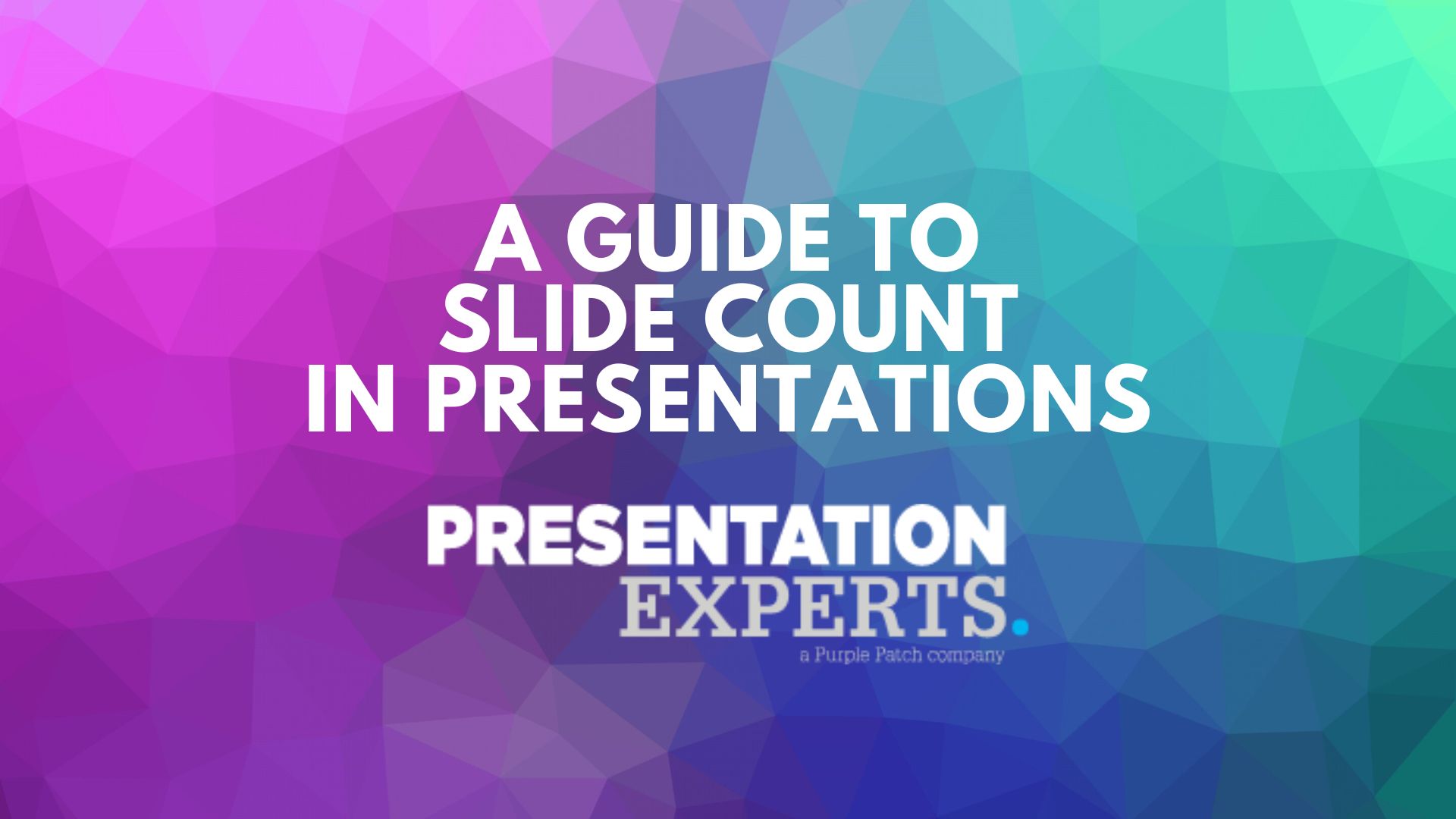

Presentations are powerful tools for conveying information, persuading audiences, and sharing ideas. A well-prepared and delivered presentation can be a game-changer in various aspects of life, be it business, education, or personal pursuits.
If you consider yourself a beginner to the art of presentation and want to learn how to put together an effective presentation, you have come to the right page! In this article, we will walk you through the essential steps and strategies for creating engaging and impactful presentations. Whether you are a business professional, educator, student, or anyone looking to improve their presentation skills, this guide will equip you with the knowledge and tools you need to excel.
To achieve this goal, we have organised the guide into various sections, each focusing on a crucial aspect of the presentation design process. Without any further ado, let’s jump right in!
How to Put Together an Effective Presentation
Step 1: Understanding Your Audience and Purpose
A. Identifying Your Target Audience
Before starting the presentation preparation process, it’s crucial to identify and understand the needs of the intended audience. Different audiences have varying levels of knowledge, interests, and expectations. Understanding who will be present during the presentation allows the presenter to tailor the content, language, and tone to best resonate with their audience’s preferences and needs.
B. Defining the Presentation’s Purpose and Objectives
Clearly defining the purpose and objectives of the presentation is essential. Ask yourself: What do you want to achieve with the presentation? Is it to inform, persuade, entertain, or inspire your audience? Having clear goals helps in structuring the content and aligning your presentation with the desired outcomes. Ideally, your objectives for the presentation should be specific, measurable, achievable, relevant, and time-bound (SMART).
C. Tailoring Content to Suit Audience Needs:
Once the target audience and objectives are defined, it becomes easier to tailor the content to meet their needs. Consider what information the audience is seeking and how it aligns with your presentation’s purpose. Avoid jargon and overly technical language, especially if the audience is non-specialist. Instead, focus on presenting ideas in a clear, concise, and engaging manner.
Step 2: Research and Content Gathering
A. Conducting Thorough Research:
The research lays the foundation for a well-informed and credible presentation. Gather information from reliable sources, such as academic papers, industry reports, and reputable websites. Ensure that your data and statistics are up-to-date and accurate. In addition to online resources, consider conducting interviews with experts or conducting surveys to add original insights to your presentation.
B. Credible Sources and Data Collection:
Verify the credibility of your sources to avoid presenting inaccurate or misleading information. Use reputable journals, government publications, and well-established organisations. When using statistics or data, cite the sources properly. This not only adds credibility to your presentation but also allows the audience to verify the information independently.
C. Organising and Structuring Information:
Organise the gathered information into a logical structure that flows coherently. Divide the presentation into sections or main points that support the overall objective. Each section should have a clear introduction, body, and conclusion. Use headings, subheadings, and bullet points to make the content visually accessible and easy to follow for the audience.
Step 3: Crafting a Powerful Storyline
A. Introduction and Attention-Grabbing Opening:
Begin your presentation with a compelling introduction to capture the audience’s attention from the start. This can be done through a thought-provoking question, an interesting anecdote, a surprising fact, or a powerful quote related to your topic. The opening should set the tone for the rest of the presentation and create an emotional connection with the audience.
B. Main Points and Supporting Evidence:
The body of your presentation should consist of the main points that support your central message or thesis. Each main point should be supported by relevant evidence, examples, data, or stories. Use a mix of different forms of evidence to appeal to different types of learners and keep the audience engaged. Ensure that your points flow logically from one to the next, maintaining a coherent narrative throughout.
C. Logical Flow and Transitions:
Smooth transitions between different sections and points are essential for keeping the audience engaged and helping them follow the storyline. Use transition phrases or sentences to guide the audience from one idea to the next. Additionally, consider using visual cues or signposting within your slides to indicate shifts in topics or ideas.
D. Conclusion and Call-to-Action:
Conclude your presentation with a strong and memorable closing. Summarise the key points of your presentation, emphasising the main takeaways. End with a compelling call-to-action, encouraging the audience to do something based on the information they’ve learned. Whether it’s making a decision, taking action, or further exploring the topic, a clear call-to-action helps ensure that your presentation has a lasting impact.
Step 4: Designing Engaging Visuals
A. The Role of Visuals in Presentations:
Visuals play a crucial role in enhancing the effectiveness of your presentation. They help break down complex information, make content more memorable, and keep the audience engaged. Visuals can include images, graphs, charts, infographics, videos, and multimedia elements. However, avoid overloading slides with too many visuals, as this can distract from your message.
B. Choosing the Right Graphics and Images:
Select high-quality graphics and images that complement your content and convey your message effectively. Use visuals that resonate with your audience and align with the overall tone of your presentation. Ensure that images are relevant and add value to your narrative, rather than being used merely for decorative purposes.
C. Effective Data Visualisation:
If your presentation includes data, use data visualisation techniques to make the information more understandable and impactful. Choose appropriate chart types (e.g., bar charts, pie charts, line graphs) that best represent your data and highlight key trends or insights. Label your charts clearly and provide context to help the audience interpret the information correctly.
D. Slide Design Best Practices:
Keep your slide design clean, uncluttered, and visually appealing. Use a consistent colour scheme and font style throughout the presentation to maintain visual coherence. Limit the amount of text on each slide and use bullet points or concise phrases to convey information effectively. Avoid using too many animations or transitions, as they can be distracting.
Step 5: Using the Right Set of Tools and Technology
A. PowerPoint, Keynote, or Alternative Software:
Choose the presentation software that best suits your needs and preferences. Popular options include Microsoft PowerPoint and Apple Keynote, but there are also other alternative tools with unique features. Familiarise yourself with the software’s capabilities, such as slide layouts, design templates, and multimedia integration.
B. Incorporating Multimedia Elements:
Enhance your presentation by integrating multimedia elements, such as videos, audio clips, and animations. Use these elements strategically to illustrate concepts, provide examples, or evoke emotions. However, ensure that multimedia elements are relevant and add value to your presentation, rather than distracting from your message.
C. Interaction and Engagement Tools:
Some presentation software offers interactive features that allow you to engage with the audience more actively. These can include live polls, quizzes, or Q&A sessions within the presentation. Interactive elements can increase audience participation, attentiveness, and overall engagement with your content. However, use these tools judiciously and consider the context of your presentation to ensure they enhance rather than disrupt the flow.
Step 6: Reviewing and Editing
A. Editing and Refining Content:
After structuring your presentation and adding visuals, review the content to ensure it aligns with your objectives and remains focused on the main message. Edit and refine the text for clarity, conciseness, and coherence. Remove irrelevant or repetitive information that may distract the audience from the core ideas. It’s also essential to maintain a consistent tone and style throughout the presentation.
B. Revising Slides and Visuals:
Pay close attention to your slide design and visuals during the reviewing process. Ensure that the slides are visually appealing, easy to read, and uncluttered. Review the charts, graphs, and images to confirm that they effectively communicate the data and support your narrative. If needed, seek feedback from colleagues or friends to get different perspectives on your presentation’s visual aspects.
C. Seeking Feedback and Making Improvements:
Seeking feedback from others is a valuable step in improving your presentation. Present your draft to colleagues, mentors, or trusted individuals who can provide constructive criticism and suggestions for improvement. Be open to feedback and make necessary changes based on the input you receive. This iterative process can help identify areas for improvement and ultimately lead to a more polished and impactful presentation.
Final Thoughts
Remember that the key to a successful presentation lies in understanding your audience, crafting a powerful storyline, designing engaging visuals, refining your content, and improving your public speaking skills. Each of these elements plays a critical role in delivering a presentation that leaves a lasting impact.
However, putting together a truly exceptional presentation can be a challenging and time-consuming task, especially for beginners. That’s where we come in. As a leading presentation design company, we specialise in creating visually stunning and persuasive presentations tailored to your specific needs. Our team of skilled designers and communication experts will work closely with you to ensure that your message is conveyed effectively and memorably.
Apart from complete presentation creation, we also offer comprehensive presentation training programs designed to elevate your public speaking skills and confidence. Whether you’re a seasoned presenter looking to refine your techniques or a novice seeking to conquer stage fright, our training sessions will equip you with the tools and strategies to excel in any speaking engagement.
So, what are you waiting for? Contact us today and prepare for your upcoming presentation!








